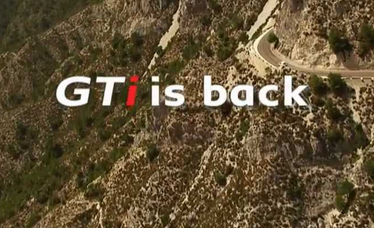Some safety related items on cars need specialist attention – such as checking thickness of a brake disc, or brake pad. However, there are lots anyone can check – knowing nothing about cars is no excuse either! Below are the top 5 safety checks anyone can do, but amazingly few actually bother!
1. Windscreen Wipers – It only take less than one minute to check the condition of your wiper blades. You should look for any cuts where the wiper to windscreen rubber is starting to rip. It is also a good idea to check the fitment is right and not lose or insecure in anyway. Check for smearing and clean if needed.
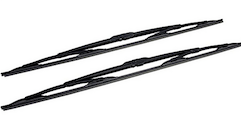
2. Windscreen Wash – Refer to your service book, but you will be able to identify the windscreen washer bottle as it will have a screen wash image on (mostly) a blue cap as show below. This is usually found to the left or right of an engine compartment. Refer to the screen wash to get the right concentration. Some screen wash is already premixed, others require water – typically a 30% wash 70% water is fine for UK weather. However, in very cold weather this should be nearer 50%

Â
Â
Â
Â
Â
Â
3. Lights – Applying all the lights and taking the time to walk around the car (including hazard warning lights) is an easy way to check their operation. For brake lights and reverse lights ask a friend to check as you operate the brake pedal/reverse light.

4. Tyres – It does not take long to check the condition of tyres. To check if the tyres are legal you will need a tyre tread depth gauge. However, if you don’t have one that is no excuse not to check them. A visual inspection can quickly show any damage in the tyre and sidewall. Check for cuts and bulges on the side, and of course the tread itself for excessive wear. The minimum tyre tread depth is 1.6mm (about the thickness of a 2p coin).
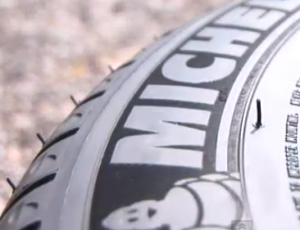
5. Suspension – A quick bump test can indicate if you have worm shocks. Simply push repeatedly down hard on the side of car over each wheel 4 to 6 times. When you stop, the bouncing movement should stop almost immediately. If it continues to oscillate you may have worn shocks, which will not only reduce the cars handling ability, it will also increase braking distances and stability under braking.
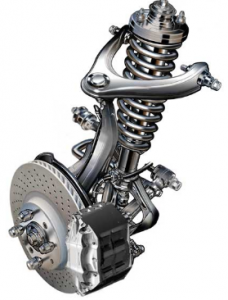


 However, we like to differentiate ourselves from other businesses in the advanced driver training market by offering a full driving report for each driver. Although it takes a little more of our tutors time we feel producing a report is essential for the following reasons:
However, we like to differentiate ourselves from other businesses in the advanced driver training market by offering a full driving report for each driver. Although it takes a little more of our tutors time we feel producing a report is essential for the following reasons: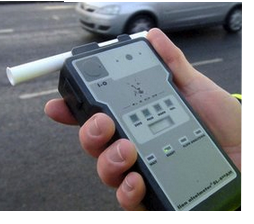 Tip 1: Avoid Drink Driving/ers – The message here is clear, never drink and drive. This is specially true for the morning after. It may be worth buying a breathalyser if you are not sure. A friend of mine did exactly that after a heavy night out one Christmas. He was over the drink drive limit at 3pm the following day!!
Tip 1: Avoid Drink Driving/ers – The message here is clear, never drink and drive. This is specially true for the morning after. It may be worth buying a breathalyser if you are not sure. A friend of mine did exactly that after a heavy night out one Christmas. He was over the drink drive limit at 3pm the following day!! Tip 2: Get a Car Winter Check – It’s advisable to have at least a winter check before the cold weather sets in.
Tip 2: Get a Car Winter Check – It’s advisable to have at least a winter check before the cold weather sets in.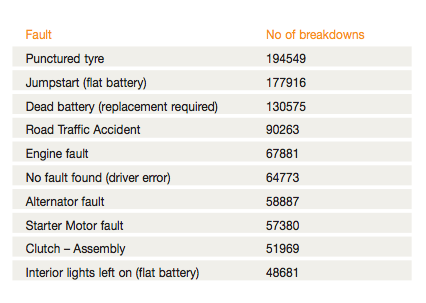
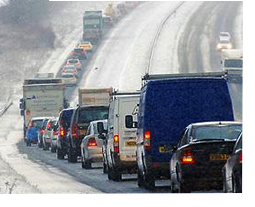 Tip 3: Plan Your Trip – If you are making a journey to friends and relatives this Christmas, make sure you plan.
Tip 3: Plan Your Trip – If you are making a journey to friends and relatives this Christmas, make sure you plan.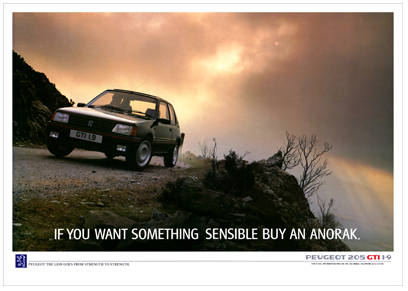 Lets looks at a car advert of the 80’s – Left is an ad from circa 1987 for the Peugeot 205 GTI, one of the best hot hatches ever built (in my opinion the best ever built!).
Lets looks at a car advert of the 80’s – Left is an ad from circa 1987 for the Peugeot 205 GTI, one of the best hot hatches ever built (in my opinion the best ever built!).